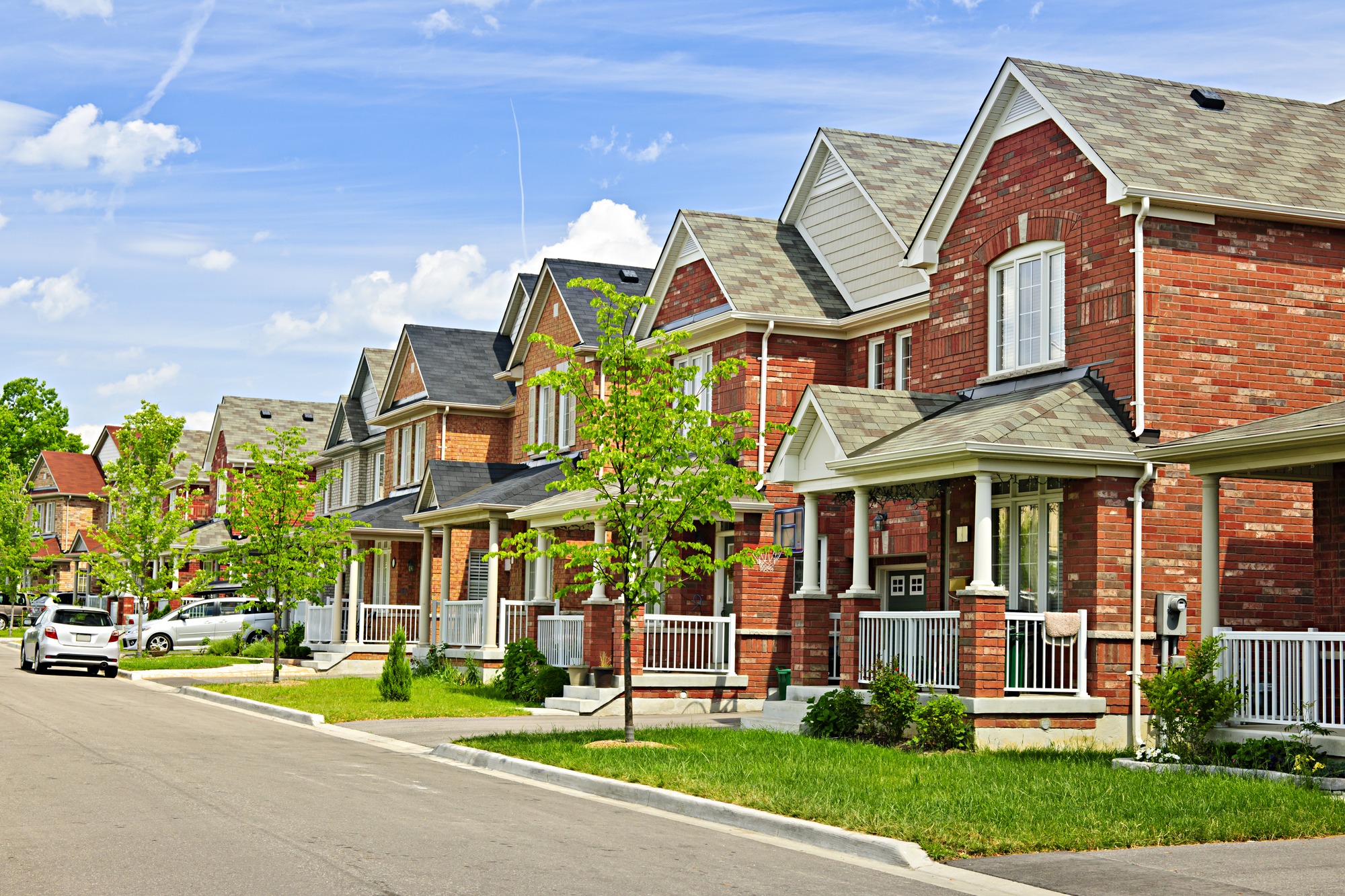
Investors put their money in Dallas-Fort Worth rental properties because of the potential return. Some prioritize capital gains and flip a house. Others aim for regular cash flow so they play the rental field. As you decide what type of property to buy, first consider your goal. What’s more important to you – cash flow or capital gains? Once you set your goals, you can choose the best type of investment property for you.
Types of Investment Properties and How to Choose
So before you buy your first rental, picture the result of your investment.
- How much cash flow will you have?
- What types of tenants live there?
- Is this your primary source of income or extra revenue?
Once you decide where you want to go, consider which of these types of real estate investments will get you there.
Single-Family Homes
Single-family homes set you up for landlord success, especially if you buy in a family-friendly neighborhood. Tenants love the perks of neighborhoods — community pools, parks, and backyards. In this situation, you’ll likely attract a long-term tenant who aims to stay a while and gets involved in the community.
People are also willing to pay more per square foot in a single-family home because of those added perks. Renting at an average of $1,600/month, you’ll bring in steady income that more than covers your mortgage.
Related: 18 Things to Consider When Buying Investment Property
Plus, single-family homes gain the most appreciation. An investment that starts small has the potential to bring monthly cash flow as well as a larger payout when you sell.
The only limitation to investing in a single-family home is the limited source of cash flow. You’re collecting rent from only one person, so you have to calculate loss during times of tenant turnover or major repairs.
Duplex, Triplex, and Quadraplex
These 2-, 3-, and 4-unit homes provide the best cash flow option.
A duplex, triplex, or quadruplex provides multiple streams of income from the same location. This means an overall increase in cash flow. And if you have one place in need of repair or a lapse in occupancy, you have other sources of rent sustaining the property in the meantime.
You also usually get a discount when you buy multiple units, keeping your purchase price down. Plus, even if one of your units sits vacant, you still receive rent on the occupied unit(s).
Another bonus? They aren’t considered multi-family homes. That means financing is easier than for those looking to buy an apartment complex. Plus, the down-payment is much less. Buying a quadruplex compared to a five-unit apartment is much easier financially.
However, in these types of properties, tenants don’t stay as long and you’ll get a little less rent per square foot. You also won’t see as much appreciation as a single-family home would earn you.
Apartments
Think of an apartment investment like buying in bulk. As you buy these properties with five or more units, you may get less rent per dwelling, but you’ve also paid significantly less per square foot.
Apartments multiply your revenue streams, which keeps your cash flow up. Even if you have multiple unoccupied apartments, you’ll likely have some rent coming in every month.
Related: Top 3 Dallas Suburbs for Investment Properties
Also with multiple residences, you can make repairs and upgrades in bulk, which cost you less per item. If you need to repair doors, you can buy multiple doors at once, paying less per door and for the installation.
Unfortunately, these dwellings can be difficult to purchase as they require a lot more money up front. You’ll also have more overhead costs and maintenance for common areas, community features, and parking. Plus, with more people come more confrontations. If tenants don’t get along with their neighbors, they often bring those problems to their landlord.
Condo
If you’re looking for low maintenance with high cash flow, choose a condo. Condos appreciate slowly, but they bring a good return each month. Sure, a single-family house of the same square footage would rent for more, but they also cost more initially.
With a condo comes an HOA which covers yard maintenance and exterior repairs. You only have to maintain the interior. But the downside to properties that share walls with other units is that you’ll need access to the neighbor’s property to resolve some maintenance issues. For example, if you have termites in the shared wall, you must coordinate resolving the problem. Besides those types of repairs, maintenance for a condo is low while cash flow is high.
Each of these types of properties takes an investor to new places. So set your goals. Then choose a property that best suits your needs. No matter your choice, always screen your tenants well and use a trusted property manager to keep your investment professional and effective.


